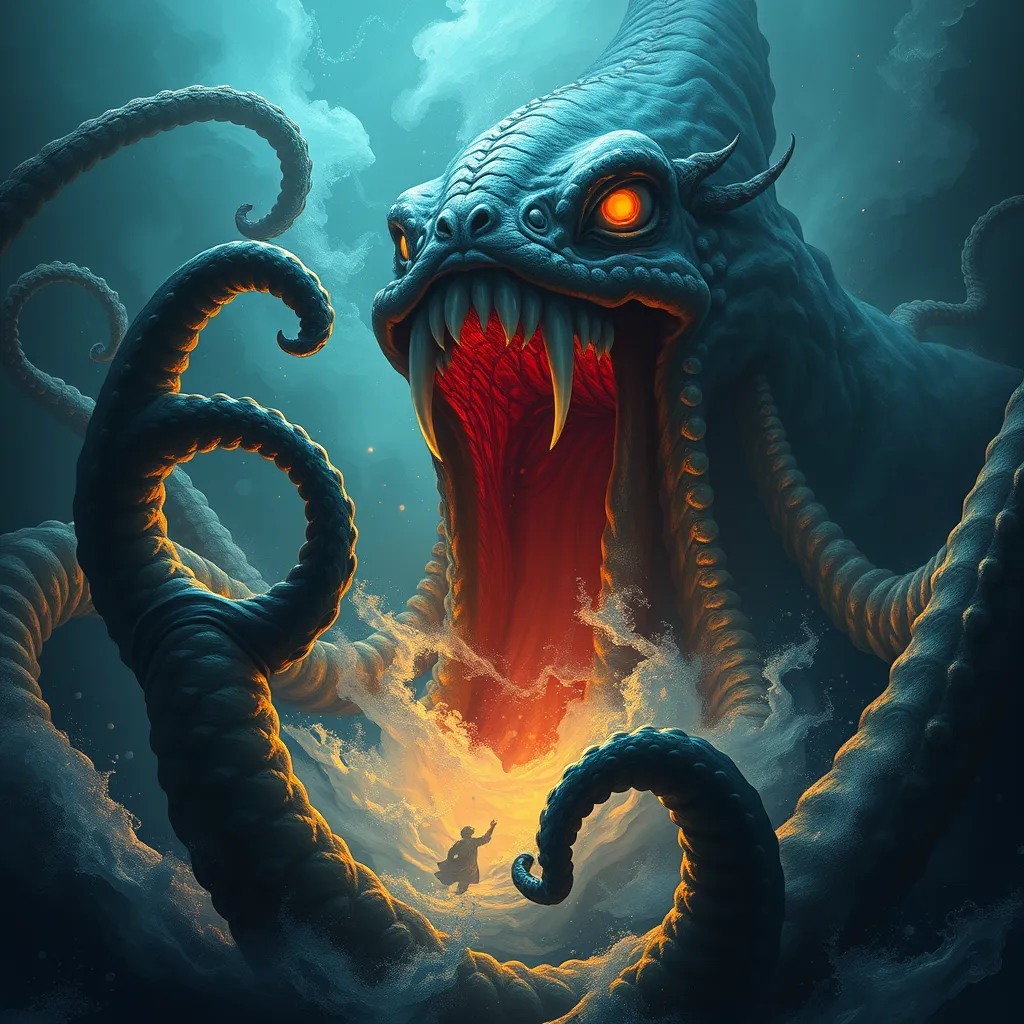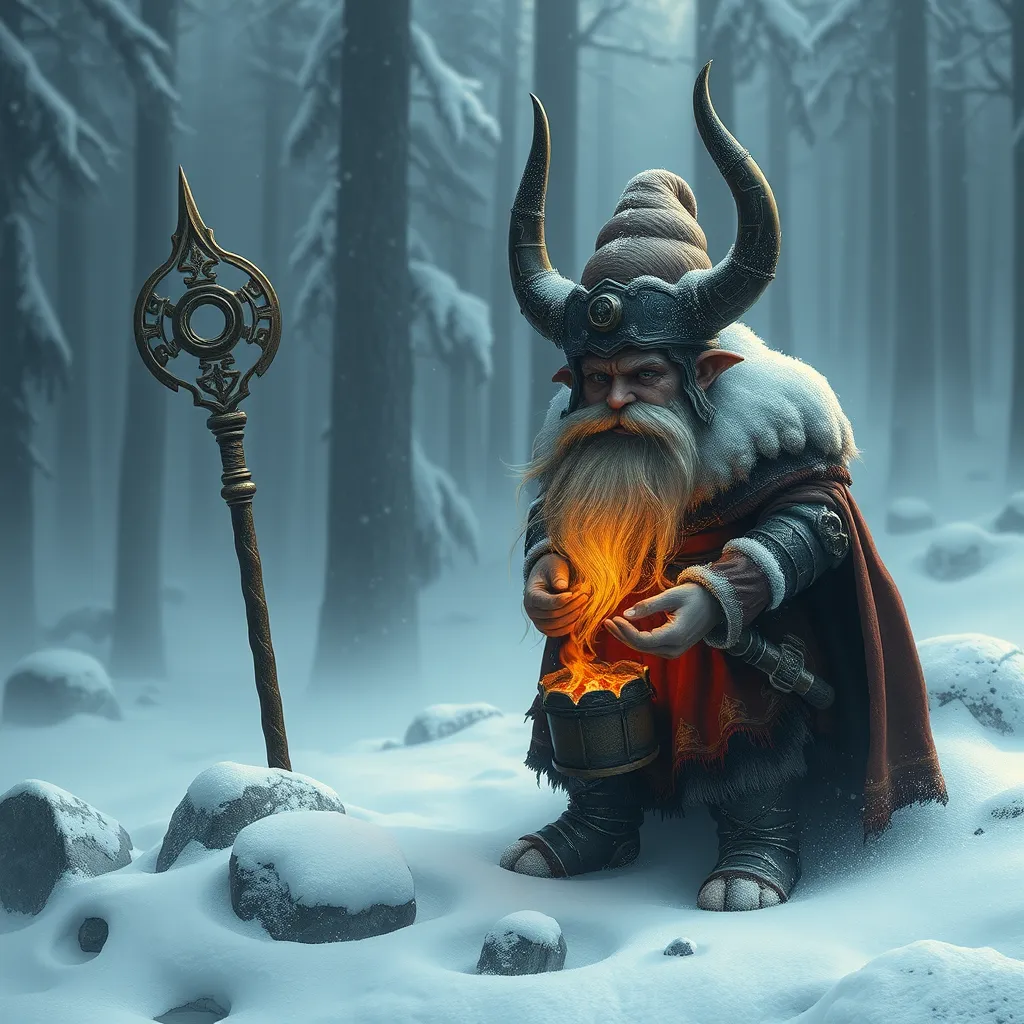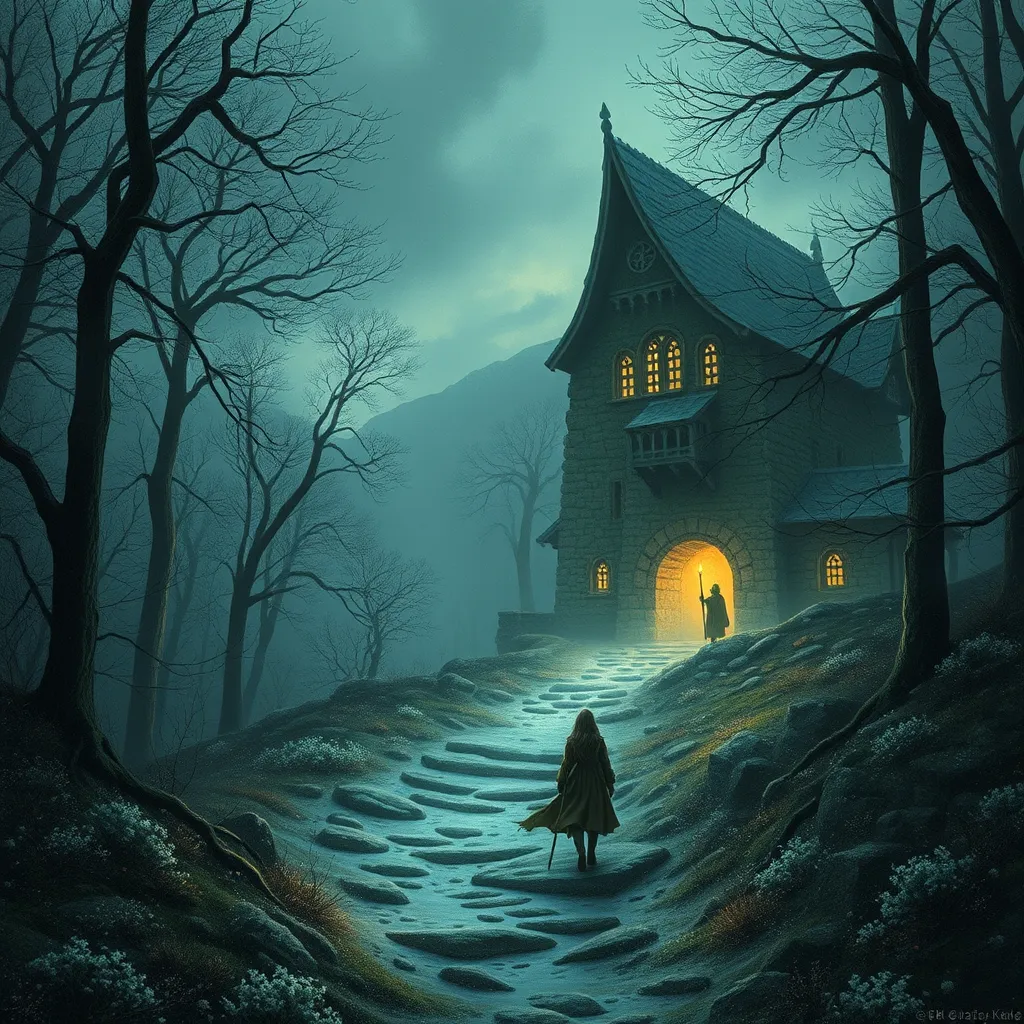Beyond the Cave: The Cyclops in Greek Mythology
I. Introduction
The Cyclops, the one-eyed giants of Greek mythology, have captivated imaginations for centuries. These formidable beings are often depicted as fearsome, brutish creatures, yet their narratives reveal layers of complexity that extend beyond their most famous portrayal in Homer’s “Odyssey”. In this epic, the Cyclops Polyphemus famously encounters Odysseus, leading to a tale of cunning and survival. However, the Cyclops mythos encompasses a rich tapestry of stories and interpretations that precede and follow Homer’s work. This article aims to explore these narratives, highlighting the origins, representations, and cultural significance of Cyclopes in Greek mythology and beyond.
II. Origins of the Cyclops Myth
The myth of the Cyclops is deeply rooted in ancient Greek literature, with early references that predate Homer’s accounts. The origins of these mythical beings can be traced back to various pre-Homeric texts, revealing their significance in early Greek cosmology.
A. Early references in pre-Homeric texts
Before Homer, Cyclopes were mentioned in several ancient texts, indicating their longstanding presence in Greek folklore. Among these, the “Homeric Hymns” and works by poets such as Hesiod provide insight into their nature and roles.
B. The Cyclops in Hesiod’s “Theogony”
In Hesiod’s “Theogony”, Cyclopes are depicted as formidable beings skilled in craftsmanship and forging. They were the sons of Uranus (Sky) and Gaia (Earth) and were known for their work in crafting Zeus’s thunderbolts. This portrayal highlights their significance as creators and powerful figures in the divine hierarchy.
C. The significance of Cyclopes in Greek cosmology
The Cyclopes were often seen as guardians and assistants to the gods, playing a crucial role in the creation and maintenance of the world. Their existence reflects the ancient Greek worldview, where divine beings interacted intricately with mortals and nature.
III. The Cyclops in Classical Literature
The Cyclops continued to evolve in classical literature, appearing in various forms across different genres. From epic poetry to tragedy and comedy, their narratives capture the complexities of human nature and societal values.
A. Analysis of the Cyclopes in works by other ancient authors
In addition to Homer, other ancient authors such as Apollonius of Rhodes featured Cyclopes in their works. In Apollonius’s “Argonautica”, the Cyclopes are depicted as both fearsome and intriguing, adding depth to their characterizations.
B. The role of Cyclopes in tragedy and comedy
- Euripides: In his play “Cyclops”, Euripides presents a more comedic and satirical take on the myth, focusing on the interactions between Odysseus and Polyphemus.
- Aristophanes: In “The Clouds”, Cyclopes are referenced to illustrate moral lessons and societal critiques, showcasing their adaptability in various contexts.
C. Variations in Cyclopean characteristics and stories
Throughout classical literature, Cyclopes are portrayed with varying traits—some are depicted as brutish and uncivilized, while others possess intelligence and skill. This duality allows for a range of interpretations, reflecting the complexities of human nature.
IV. Artistic Representations of Cyclopes
The Cyclopes have also inspired a wealth of artistic representations in ancient Greece, showcasing their significance in both mythology and culture.
A. Cyclopes in ancient Greek pottery and sculpture
Ancient Greek pottery often features scenes depicting Cyclopes, particularly in relation to Odysseus. These artworks illustrate key moments from the myths and provide insight into how these characters were viewed by contemporary society.
B. Iconography and symbolism associated with Cyclopes
Cyclopes are frequently associated with themes of strength, craftsmanship, and the chaotic forces of nature. Their single eye often symbolizes perception and insight, while their size conveys raw power.
C. Influence of Cyclopean art on later generations
The artistic legacy of Cyclopes continued to influence later generations, inspiring Renaissance artists and modern creators who explore the themes of monstrosity and humanity.
V. The Cyclops in Roman and Later Literature
The myth of the Cyclops was not confined to Greek literature; it found new life in Roman texts and later adaptations.
A. Adaptations and reinterpretations in Roman texts
Roman poets such as Virgil incorporated Cyclopes into their works, often drawing on Greek traditions while infusing their unique cultural perspectives. Virgil’s “Aeneid” references Cyclopes in the context of divine craftsmanship, echoing Hesiod’s themes.
B. The Cyclops in medieval and Renaissance literature
During the medieval period, the Cyclops myth was reinterpreted in various literary forms, including allegorical texts that explored moral and philosophical themes. The Renaissance saw a revival of interest in classical mythology, leading to a resurgence of Cyclopean imagery in art and literature.
C. Cyclopes in modern adaptations and popular culture
Today, Cyclopes continue to appear in modern adaptations, from literature to film and video games. Their enduring presence in popular culture reflects the timeless appeal of these characters and the universal themes they embody.
VI. Cultural Interpretations of the Cyclops
The Cyclops serves as a rich symbol within ancient Greek society, embodying various cultural interpretations and moral lessons.
A. Symbolism of the Cyclops in ancient Greek society
The Cyclops often represented the “other,” a being that defied societal norms. This portrayal allowed the ancient Greeks to explore themes of barbarism versus civilization, as well as the consequences of hubris.
B. The Cyclops as a representation of the “other” or barbarism
In many myths, Cyclopes embody the fears and prejudices of society towards those who are different or perceived as savage. This depiction serves as a reflection of societal values and the human tendency to demonize the unfamiliar.
C. Lessons and morals conveyed through Cyclops myths
Cyclops narratives often convey important lessons, such as the value of intelligence over brute strength and the consequences of arrogance. These morals resonate with human experiences and remain relevant across generations.
VII. The Legacy of the Cyclops in Contemporary Culture
The legacy of the Cyclops extends far beyond ancient texts, influencing contemporary culture in various ways.
A. The Cyclops in modern film and television
Modern media frequently draws on Cyclopean imagery, with films and television shows depicting these creatures in fantasy and adventure narratives. Characters inspired by Cyclopes often embody themes of strength, isolation, and redemption.
B. Influence on fantasy literature and genre creation
The Cyclops archetype has significantly influenced fantasy literature, contributing to the development of mythological creatures in modern storytelling. Authors continue to explore and reinterpret the Cyclops in diverse ways, enriching the genre.
C. The enduring appeal of the Cyclops archetype
The Cyclops remains an enduring figure in popular culture, appealing to audiences with its blend of fear, fascination, and the exploration of humanity’s darker aspects. The archetype invites reflection on societal norms and the nature of monstrosity.
VIII. Conclusion
In summary, the Cyclops is a multifaceted character within Greek mythology, representing a complex amalgamation of fear, creativity, and societal reflection. From their origins in Hesiod’s “Theogony” to their adaptations in modern culture, Cyclopes embody themes that have resonated throughout history. As we continue to explore the rich tapestry of Greek mythology, it is essential to delve into the lesser-known myths and characters that contribute to our understanding of the ancient world and its enduring legacy.
https://www.youtube.com/watch?v=ekU2xsqodyo



